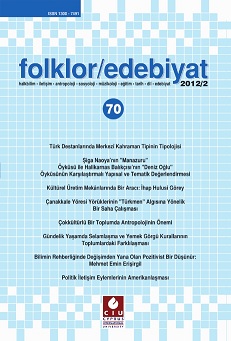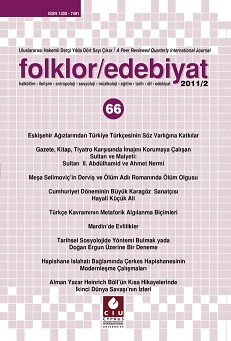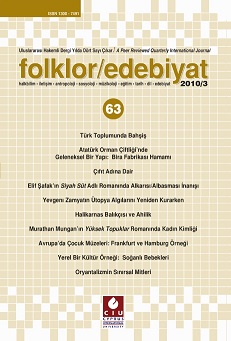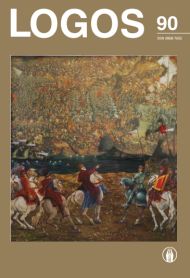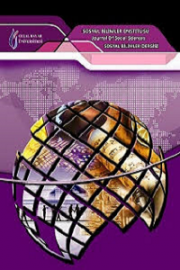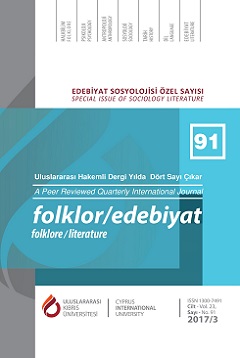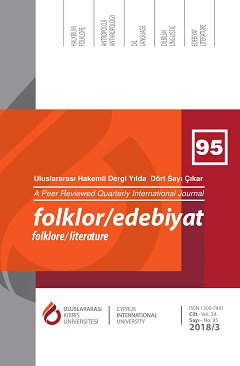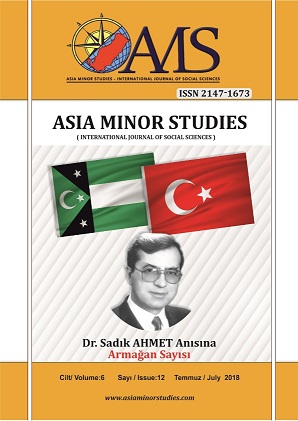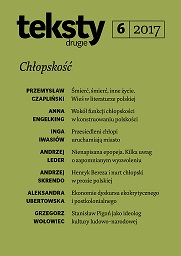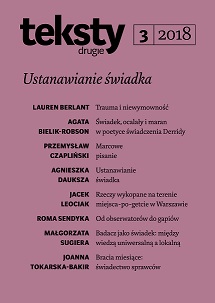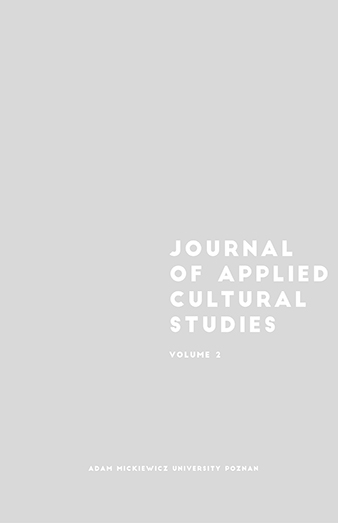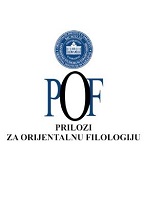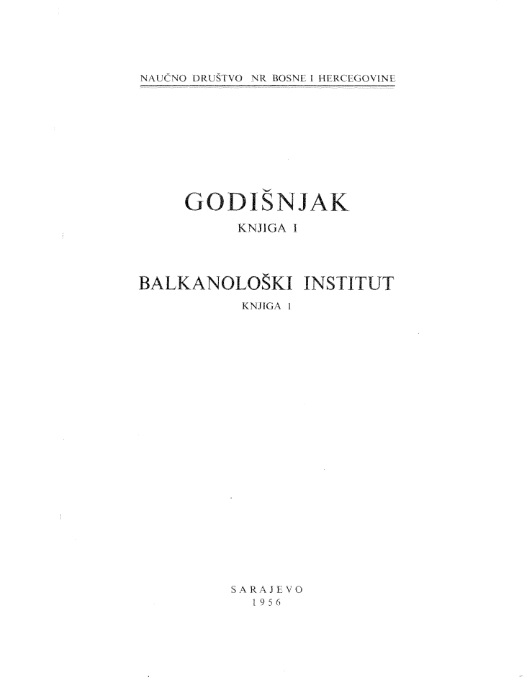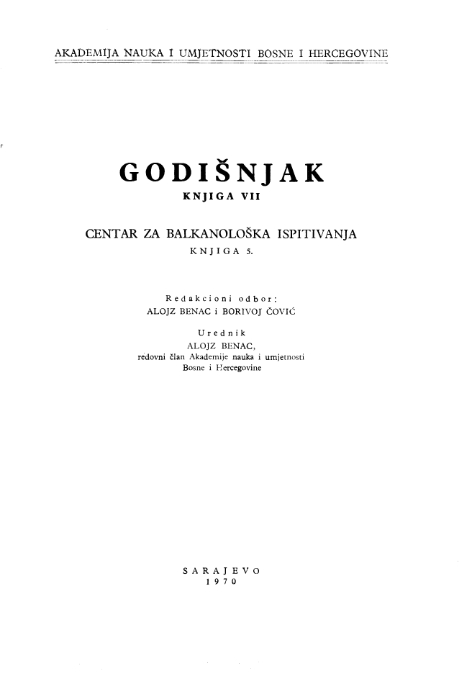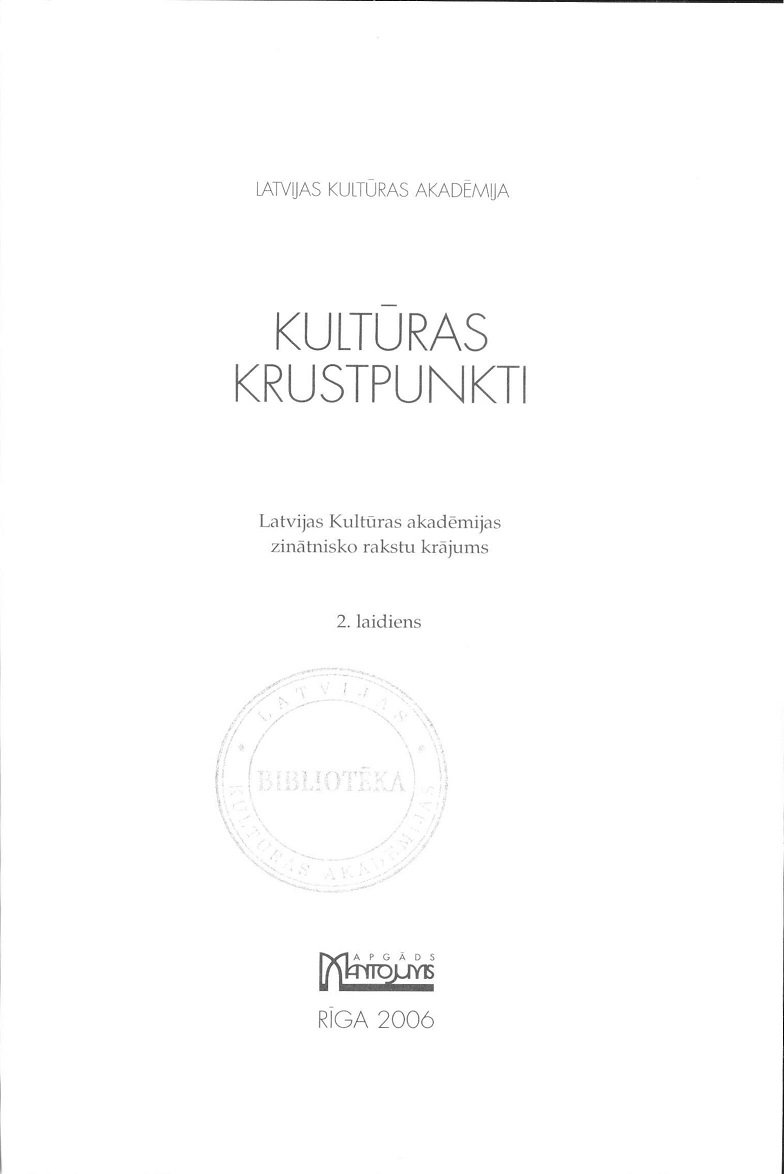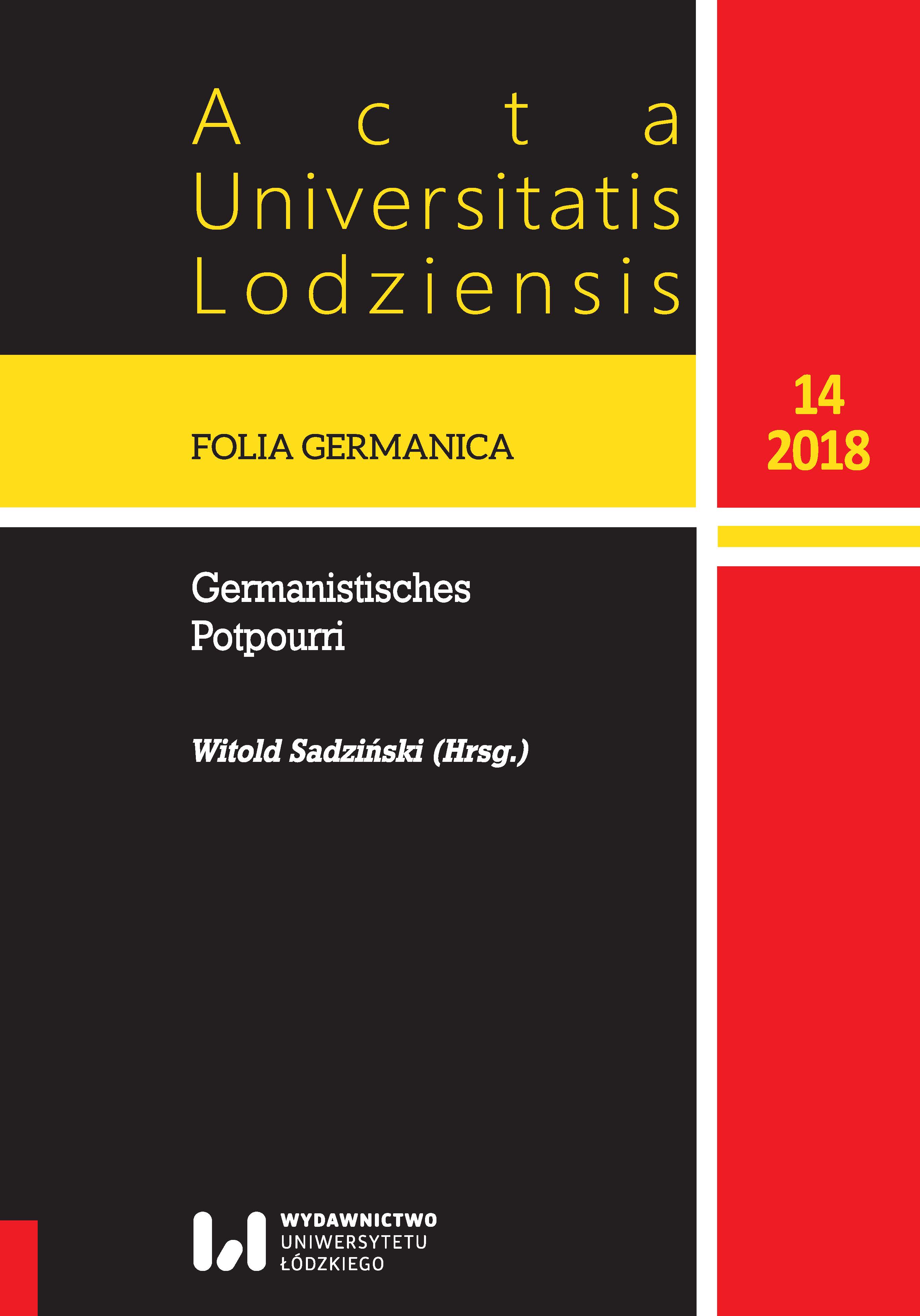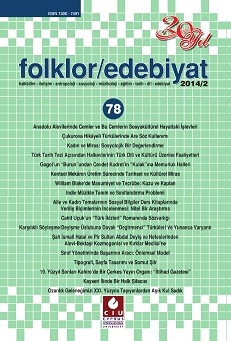
Gogol’un “Burun”undan Cevdet Kudret’in “Kulak”ına Memurluk Halleri
Born in a small village in Ukraine, at a very young age Gogol wanting to be a clerk, travels to Petersburg however he has no success. Following a short adventure of living abroad, he returns to Petersburg and then he finally manages to find employment as an insignificant clerk. İn this process Gogol have opportunity to observe the life of the clerks. After writing his famous story, the Overcoat he is accused of insulting Russian people and harshly criticized for it. Gogol wrote a story named “the Nose” a few years prior to his infamous story of “the Overcoat”. The story of “the Nose”, similar to the story of “the Overcoat” tells humorous tale of the hierarchical relationships of the little man. In particular; the affairs of clerkship are central to his story “the Nose”. Gogol highlights small but significant details of the clerks in his story about Kovalev, a 9th degree clerk who had lost his nose. Throughout surreal setting of the story, Kovalev a proud clerk is searching for his nose which is separated from his face and pursuing its own independent life. Cevdet Kudret, born about 100 years after Gogol, worked as a teacher in Anatolia. He had to write number of his stories under pseudonym as a result of the pressure he was subjected to. Cevdet Kudret also continuing his other job as a lawyer then had the opportunity to learn the functioning of the bureaucracy. In Kudret’s story there also is animadversion of bureaucracy as well as number of details about the life of clerks. Another common aspects of the stories of “the Nose “ and “the Ear” is how these organs gain their own personalities as the stories develop. In other words process of subjectification of the nose and the ear is common to the both stories.
More...
